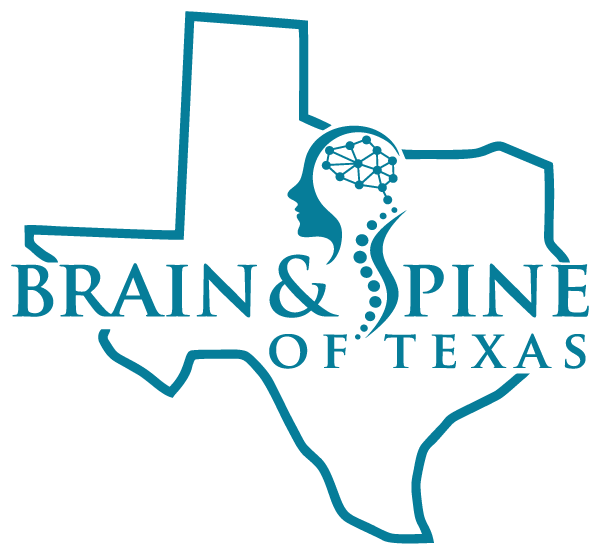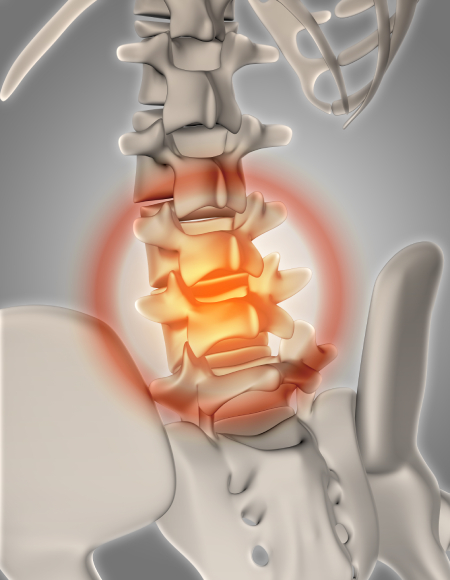Discectomy/Microdiscectomy
Relieving Spinal Pressure and Restoring Mobility
Discectomy and microdiscectomy are highly effective surgical procedures designed to treat patients suffering from herniated discs in the spine, a condition that can cause pain, numbness, and weakness in the arms or legs. These procedures involve the removal of the damaged portion of the disc that is pressing on the nerves, which relieves pain and helps restore function. At the Brain and Spine Center of Texas, we specialize in both discectomy and microdiscectomy surgeries, offering the latest techniques to provide lasting relief and promote faster recovery.
In microdiscectomy, a minimally invasive approach is used to remove the herniated portion of the disc. This technique reduces muscle and tissue disruption, leading to quicker recovery times and less post-operative pain. Discectomy, while similar, may involve a larger incision, depending on the complexity of the herniation. Both procedures are designed to reduce nerve compression and alleviate symptoms, allowing patients to regain a higher quality of life.
When is Discectomy/Microdiscectomy Needed?
Patients with herniated discs may experience symptoms such as persistent back pain, radiating pain into the arms or legs, numbness, or weakness, particularly when conservative treatments like physical therapy or pain medications do not provide adequate relief. Discectomy and microdiscectomy are recommended when:
- Conservative treatments have failed – If physical therapy, medications, or injections have not successfully relieved symptoms, surgery may be necessary to remove the herniated disc material.
- Severe pain – If a herniated disc is causing debilitating pain that limits mobility and daily activities, surgery can provide relief by decompressing the affected nerve.
- Nerve damage – If the herniated disc is causing significant nerve damage or weakness, discectomy or microdiscectomy may be performed to prevent further complications.
- Loss of function – If the herniated disc has resulted in decreased function, such as difficulty walking or using the arms or legs, surgical intervention can restore function and improve quality of life.
The Discectomy/Microdiscectomy Procedure: What to Expect
Both discectomy and microdiscectomy surgeries are typically performed under general anesthesia and may last between 1 to 2 hours, depending on the location of the herniated disc and the approach used. Here’s a general outline of the procedure:
- Pre-Surgical Evaluation – Imaging studies like MRI or CT scans will help determine the location of the herniated disc and its effect on the surrounding nerves.
- Incision and Access – In a microdiscectomy, a small incision (usually about 1 inch) is made near the affected area of the spine. In a standard discectomy, a larger incision may be required, depending on the severity of the herniation.
- Removal of the Herniated Disc – The surgeon removes the herniated portion of the disc that is pressing on the nerve roots, using specialized tools. In a microdiscectomy, a microscope or endoscope is used for a more precise removal with minimal damage to surrounding tissues.
- Closing the Incision – After removing the damaged disc material, the incision is closed, and the patient is moved to a recovery room.
Microdiscectomy uses less invasive techniques, which can lead to shorter recovery times, while discectomy may require a slightly longer recovery depending on the approach.
Recovery & Post-Surgical Care
Recovery after a discectomy or microdiscectomy will depend on the specific procedure and the patient’s overall health. Generally, patients can expect:
- Hospital Stay – Many patients are able to go home the same day or after an overnight stay in the hospital, depending on the complexity of the surgery.
- Pain Management – Pain is usually mild after microdiscectomy and can be managed with medication. For discectomy, pain management may be necessary for several days.
- Physical Therapy – After surgery, physical therapy may be recommended to strengthen the spine and muscles, improve mobility, and prevent future injuries.
- Activity Restrictions – Light activities can typically be resumed within a few days, but patients should avoid heavy lifting or strenuous activity for several weeks to allow the spine to heal.
- Follow-Up Appointments – Regular check-ups will be scheduled to monitor the healing process and ensure proper recovery.
Most patients see significant improvement in their symptoms within 6 to 8 weeks, with full recovery taking several months for the spine to fully heal and stabilize.
Why Choose the Brain and Spine Center of Texas?
- Specialized Spine Surgeons – Our highly skilled team of surgeons has extensive experience in discectomy and microdiscectomy, using the most advanced techniques to achieve the best outcomes.
- Minimally Invasive Techniques – For eligible patients, we offer microdiscectomy, which is performed with minimal disruption to the surrounding tissues, promoting quicker recovery.
- Comprehensive Care – From the initial consultation through to post-operative rehabilitation, we provide comprehensive support to ensure you are fully informed and comfortable throughout the entire process.
- Personalized Treatment Plans – We understand that each patient is unique, and we work closely with you to develop a treatment plan tailored to your specific condition and goals.
Schedule a consultation
If you’re dealing with the pain and discomfort caused by a herniated disc, discectomy or microdiscectomy surgery may provide the relief you need. Contact the Brain and Spine Center of Texas today to schedule a consultation and discuss your treatment options.

